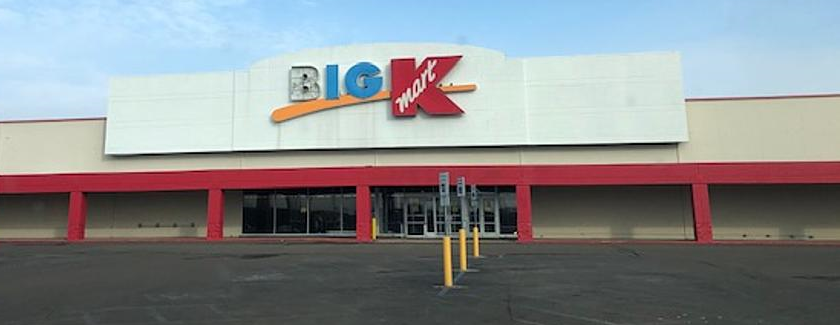Read More Breaking Marketing News
Maverick's Morning Thoughts
How I Would Revitalize Kmart - Part 1

Just to set the record straight: I have no ties with Kmart; they've never reached out for my counsel, and honestly, I'm not even sure I'd be the right person to turn things around for them.
But last night, I had this unsettling dream about them.
In it, Kmart's higher-ups called me into a meeting at a store. But this place was nothing like a regular Kmart. It was more like a dilapidated warehouse, complete with torn boxes and crumbling walls, while executives scurried about in utter chaos.
As I was ushered into this meeting, amidst the constant coming and going of people, they posed a question that's been gnawing at me since. It kept me tossing and turning all night, and it's still on my mind:
How could I bring back Kmart's glory days in the retail world?
I suppose the bigger question is: what is the future of retail?
Today, buying things seem so simple: I click a button, and a package arrives the next day. If I don't like it, I drop it off somewhere (sometimes I don't have to), and the money is instantly credited to my account.
Why would I go out? Why waste my time or gas? If I do go out, why not go to Walmart, or Target as they are a few minutes away.
I believe there are 11 Kmart's left out of the thousands that once existed, and I have a sneaking suspicion these locations don't have much physical competition.
Actually, let's backup and go over a brief history of Kmart.
Kmart was once a leading American big box department store chain. It all began in 1899 as S.S. Kresge Corporation, which was a five-and-dime store in Detroit. It quickly expanded, rebranding as Kmart Corporation in 1977. Throughout the 1960s to 1990s, Kmart was a retail powerhouse, known for its blue light specials and wide range of affordable products, from clothing to home goods. It was a major player to the point where Sam Walton (according to his book) would interrogate their employees, scavenge through their dumpster and crawl around their displays to fully understand their business model.
However, by the late 1990s, Kmart started to struggle.
It faced intense competition from more efficient rivals like Walmart and Target, who had innovated better supply chain management and had a much clearer brand identity.
Kmart's failure to adapt to the evolving retail landscape, including the rise of e-commerce, led to its decline.

It's important to acknowledge that retail is far from extinct. For example, despite the ubiquity of online information, traditional media like newspapers still find their audience. After all, Walmart's sales at actual store locations makes up 87% of their overall revenue.
To your success!

DOMINATE and WIN with MAVERICK
Learn how to use marketing to get whatever you want.